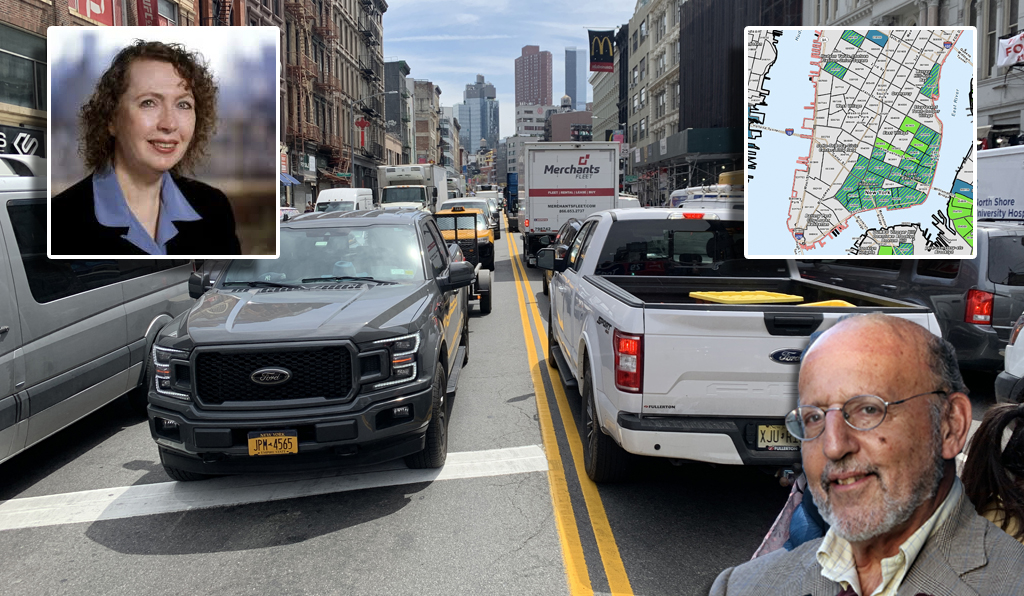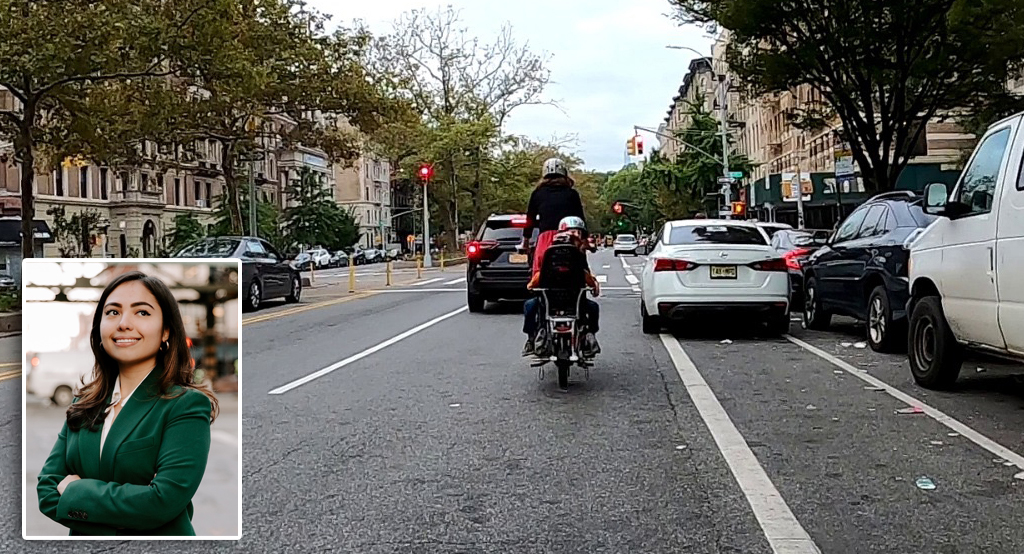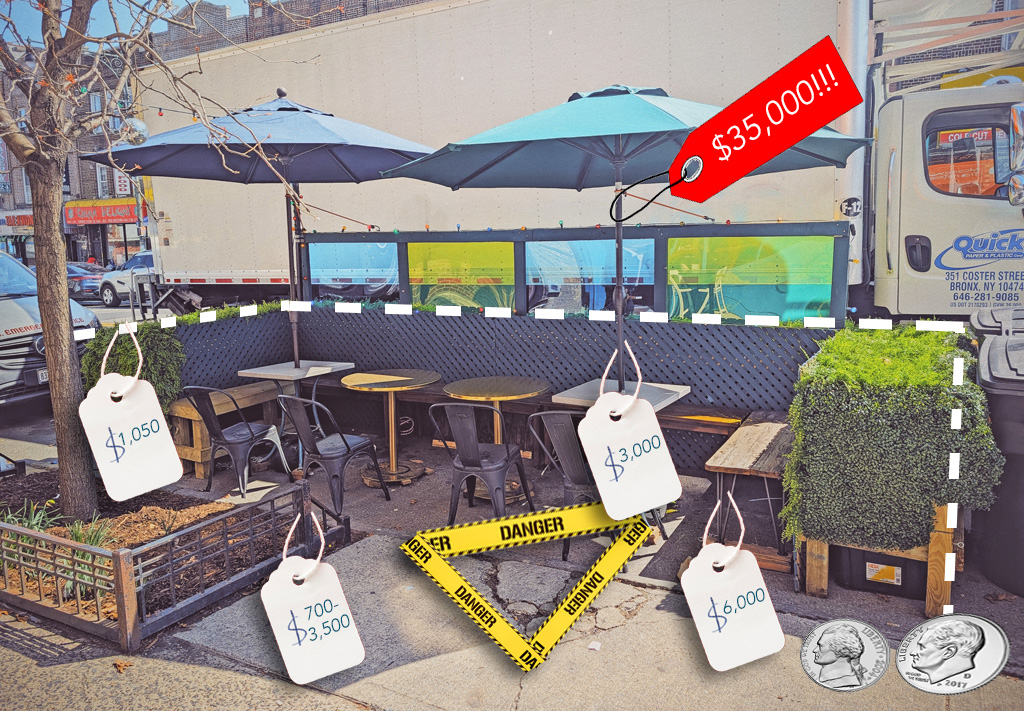On Monday, Streetsblog published an opinion piece by longtime contributor and congestion pricing expert Charles Komanoff that called out former Council Member Kathryn Freed for hypocrisy because she is suing to get an entirely new environmental review of congestion pricing that will halt the toll before its June 30 start. In the interest of fair play, we present Freed's rebuttal (with some necessary fact-checking).
What's with the personal attacks, Charlie? Are you so jealous that I got space in the Times, or so worried that I'm right that you have to resort to personal attacks?
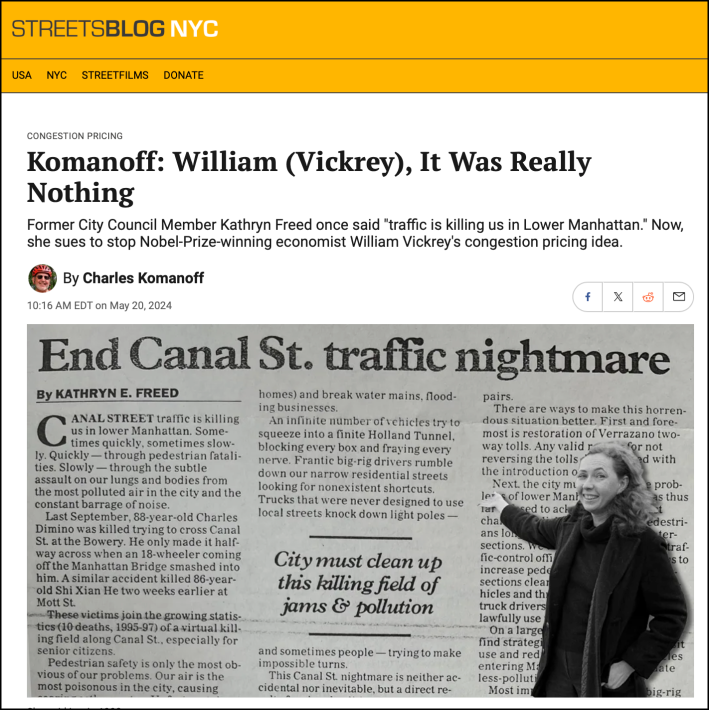
As Komanoff pointed out in his piece, I did call out the Department of Transportation in the 1990s because the agency's own numbers showed the negative impacts that traffic was having. I was pushing for a better solution.
Well, I'm still pushing for a better solution because the MTA's own figures show the deleterious effects this congestion pricing plan will have on certain areas — unsurprisingly, it is worse for the areas that are designated Environmental Justice Areas. EJAs are low-income communities or communities with at least 51 percent people of color.
Most of the areas next to the FDR Drive between the Brooklyn Bridge and 10th Street, are EJAs, as the MTA's own map shows:
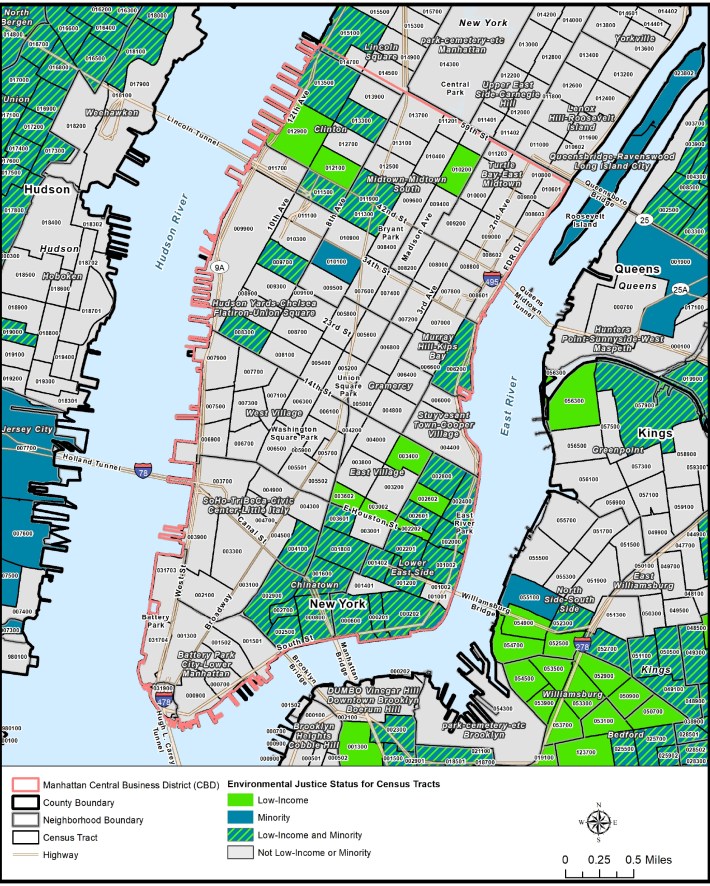
Why would the MTA do that? Because there's an assumption that those Environmental Justice Areas have less power to oppose the bad plans enacted by various levels of government. It's always easier to dump the unwanted side effects of a plan in the EJAs rather than the wealthy and privileged areas. This has pretty much historically proven to be true. But it's wrong.
In fact, that's probably why both the state and federal governments require a "harder" look at — in other words, more scrutiny for — any changes that affect EJAs.
So I'm pushing for a closer look at the effects of this congestion pricing plan and for changes to address the inadequate mitigation measures it’s offering. I am not saying, "Throw it out." I'm saying, "Address the projected increases the plan identifies and make it more equitable — and do it before the plan takes effect because there's no guarantee it will be changed afterward."
And, Charlie, my concern about my community and my friends and neighbors being subjected to air quality that is so bad that it impacts their health (and, yes, mine as well) isn’t NIMBYism, it’s just called caring. It’s also my belief that laws shouldn’t make people’s lives worse.
It is fundamentally unfair to pass a program that will have injurious health effects on one area to benefit others, especially if that area already has a high degree of respiratory and heart diseases.
In fact, why are so many alleged "environmentalists" afraid of requiring a full Environmental Impact Statement for this plan? Back in the day, environmentalists always fought for an EIS, An EIS, unlike the Environmental Assessment done for this plan, is bigger and more extensive and requires alternative methods to be examined that avoid negative environmental consequences to the maximum extent possible. EAs by definition are truncated less in-depth processes. With all our expertise and a more in-depth look, I’m sure we can come up with a better plan, one that guaranties traffic and pollution reduction for the entire area and still benefits mass transit.
This EA has a paucity of mitigation for the Lower East Side and other negatively impacted areas both inside and around the CBD: The MTA is offering $155 million for mitigation, of which about $120 million is for the South Bronx.
So far, the only mitigation for the EJA areas along the FDR Drive is the tolling of a U-Turn at Houston Street on the FDR. This is simply not adequate. Other areas in the CBD and those abutting it have similar problems that need to be addressed.
This is a complicated plan with both positive and negative impacts. City residents deserve to know that all negative environmental aspects have been considered and, to the greatest extent possible, that negative effects are minimized so all areas of the city are benefited.
One last point: this is the first congestion pricing plan in the U.S. We have to do it right. If this plan crashes and burns, no other American city will ever try it.
At the very least, a plan this monumental, far-reaching and complicated, that will affect 20 million-plus individuals, requires a full environmental review.
